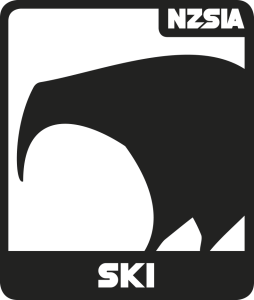Lift Riding & Equipment
Lift Riding
Safety is paramount when guiding an experience in the mountains and lift riding is no exception. Instructors are responsible for the safety of the children in their care and properly coaching them how to ride the lift responsibly and safely. Knowing the specific lift riding procedures at the snowsports area will help with this.
New Zealand conditions mean that often there is rime, or ice build up on the seats making the seats slippery. Children may need help hopping up onto the seat of the chairlift. When this is deemed necessary it is always a safe idea to ask the lift attendant to slow down the lift and help from behind.
New Zealand has a lot of surface lifts, which pose their own challenges and should be used only when appropriate for the stage of development and skillset of the student.
Things to consider when riding lifts:
- Skiing slowly and in control when entering the lift maze
- Grouping up before entering the maze
- Focusing on safely loading the lift
- Being proactive and asking lift operators for assistance, if needed. Let students know that it’s OK to ask for help
- Using the restraint bar, holding onto the lift
- No horse play on the lift
- Safely unloading from the chair
- Grouping at the top

Equipment
Tips for parents of beginner to intermediate kids.
Renting Equipment
Clothing
Helmets
Skis
Boots
Poles
Edgy Wedgey
Buying Equipment
Clothing
Helmets
Skis
Boots


